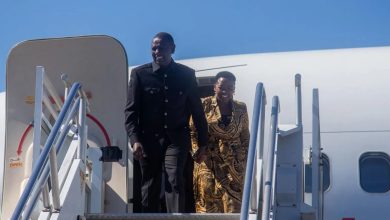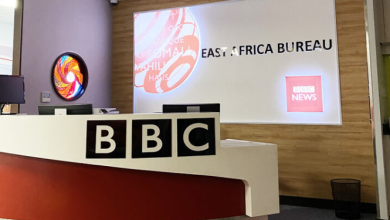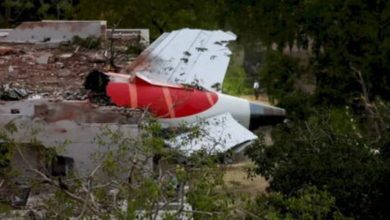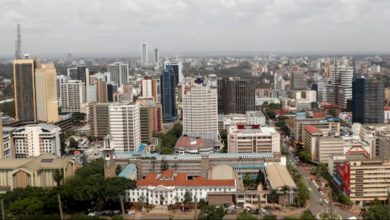The Day Israeli Commandos Planned a Daring Rescue from Nairobi
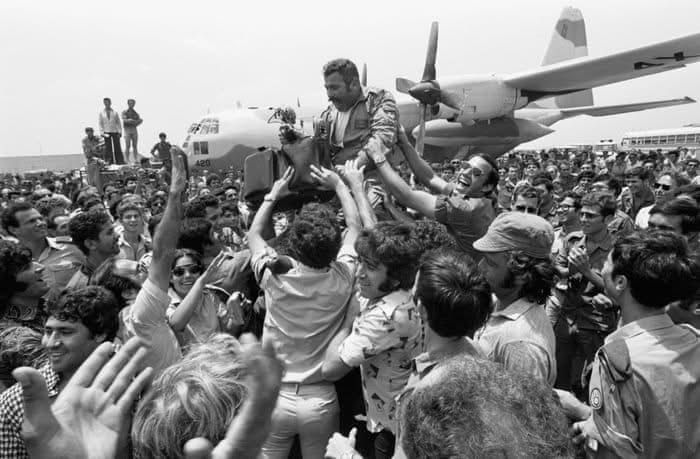
An Israeli security team was stationed in Kenya to train the GSU in vip protection when an Air France plane with 246 passengers, mainly Israelis, was hijacked and commandeered to Entebbe Uganda in 1976.
As soon as the security unit received information about the hijack, they abandoned their GSU training and proceeded to Lavington, where they convened in the home of Eli, the Mossad representative in Kenya.
The first point of discussion was whether there were any former Israeli soldiers living in Kenya and who could be used to mount a rescue operation.
Of course, there were some few Israeli veterans who were working as private security contractors, but the plan to use them in the rescue operation was dropped.
Meanwhile, Kenya police was also trying to come up with its own rescue plan.The Israeli security team that had met in Lavington was summoned to GSU headquarters, where Ben Gethi the commandant shared with them his rescue plan.
Gethi pulled out a huge tourist map of East Africa, laid it on the table, and showed the Israelis how he was planning to rescue the hostages in Uganda.
The Israelis were shocked with what they described as “Gethi’s dangerous plan.” But they still listened to him and informed Tel-Aviv about it.
Almost immediately, Tel-Aviv called Nairobi and advised senior officials in the Kenyatta administration that Kenyan forces should not do anything because they were already devising their own rescue plan.
The following day, General Ehud Barrak later prime minister of Israel arrived in Nairobi to coordinate the rescue operation from Nairobi.
The first Israeli rescue plan discussed in Tel-Aviv was to parachute Israeli naval commandos with rubber boats on Lake Victoria. Once ashore, the commandos were to storm Entebbe and rescue the hostages. But one question came: “Were there crocodiles in Lake Victoria?”
Since no one could answer this question, it was decided that two commandos should be dispatched to Kisumu Kenya to check signs of crocodiles and the feasibility of such a mission.
For this reason, Sergeant Michael Aaronson who was one of the Israelis based in Kenya to train the GSU, was instructed to rent a car for the two commandos who were expected to land in Nairobi the following day.
He rented a small Fiat 127 and drove to Embakasi Airport to pick the two commandos. One of them was Hanina Amishav, the deputy commander of Israeli Naval Commandos.
The three then embarked on the long journey to a lakeshore village in Kisumu to assess the lake and the locals. Immediately they arrived, they found their answer already there waiting for them . A huge Nile crocodile was busy basking in the sun unbothered with their presence.
The two naval commandos had also been instructed not to speak in English with the local Luos or reveal their nationality to them. Instead, Sergeant Michael Aaronson, who had driven them all the way from Nairobi to Kisumu, was the one to interact with them and ask them questions.
Armed with photos of the lake and information from the locals, the two set for Nairobi, where they arrived late at night and presented themselves to General Ehud Barrak, who was handling the operation in Kenya.
Instead, they were told to drive straight to Embakasi airport, where two Israeli planes had already landed with rescued hostages.
It appeared that as the three were busy surveying the lake, the planners in Tel-Aviv had changed their mind and decide to mount a different operation which involved sending low flying planes with commandos to Entebbe on a daring rescue mission.
